
Here’s What People In The 1900s Predicted Our Homes Would Look Like Today (7 Pics)
Raise your hands if you think that by 2100, we will have flying cars, robots with artificial intelligence, holidays on Mars, and utterly intelligent architecture design.
People have been making predictions about what the future would look like for ages. Sadly, they are usually far-fetched or even utopian and society doesn’t seem to keep up with those creative ideas. So, are the predictions extremely ambitious or we don’t put enough effort into bringing wild ideas to life? There’s a huge question mark tied to what’s coming in the future. And although modern technology moves at a fast pace and many ideas that seemed outlandish in the past are more than real nowadays, we shouldn’t be carried away by fantasies because the future might disappoint.
Angie’s List teamed up with Neomam Studios to visualize 7 of the most eccentric futuristic ideas people had about our future home design with their realistic digital artworks. A team of researchers and artists gathered science-fiction style concepts of cool houses our ancestors imagined for us from various decades of the 20th century. “Sometimes astute, sometimes idealistic, often absurd, reflecting today on these dreams of how we might have lived creates a sense of nostalgia for that lost innocence,” – notes Angie’s List.
Seems like folks had serious hopes for the future. How would they react to what we’ve actually achieved? See the interesting pictures of the beautiful houses that were never built. But who knows what the future holds…
More info: angieslist.com
Moving House (1900s)
Image credits: www.angieslist.com
Jean-Marc Côté’s “House Rolling Through The Countryside” featured in a collection of cigarette cards drawn up around the turn of the 19th century, imagining what life would look like in the year 2000.
Equal parts Mad Max: Fury Road and Wacky Races, this utopian vision posits a very social mobile home version of architectural tendencies that we’re actually seeing today. Its rooftop garden, for example, might offset the carbon footprint of the vehicle, easing the conscience of the steam-powered digital nomads onboard.
Glass House (1920s)
Image credits: www.angieslist.com
Utilizing a special new kind of glass designed to admit the ultraviolet, ahem, “health rays” of the sun, the Vitaglass house would offer a year-round summer thanks to the addition of mercury arc lamps for gloomy days.
Like all the best new architectural innovations, Vitaglass was first tested in the monkey house of a city zoo. But even plain glass was controversial during the interwar years, with worries that its new popularity would discourage people from ever going outside. Unfortunately, even though the advert that inspired our creation was amazing, Vitaglass was a commercial failure so you’ll have to hit the street if you want to soak up some UV rays.
Rolling House (1930s)
Image credits: www.angieslist.com
The September, 1934 issue of Everyday Science and Mechanics assured readers that spherical houses would soon become highly fashionable, even if the appeal of living in a giant hamster ball isn’t immediately obvious. The innovation was intended to make the remote construction and delivery of new homes more straightforward, as travelling in the ball would be a bad idea if you valued your crockery and ornaments.
Lightweight House (1940s)
Image credits: www.angieslist.com
A far more civilized way of moving house is to simply have it transported atop a tray carried by a dozen strong men. Okay, so this creepy image was only suggested for illustration purposes, but seriously: why do our houses have to be so dangerously heavy?
The January, 1942 authors of “This Unfinished World” offered a vision that gets closer every day: using super-light “aerogel” to create buildings that are earthquake-resistant and require less resources to build. Today, the lightest material in the world is graphene aerogel, which can be 3D printed, and boffins are hard at working figuring how to use the material to lighten the environmental toll of conventional construction techniques.
Space House (1950s)
Image credits: www.angieslist.com
Just four years prior to the Dome House, the cover of the December 1953 Science Fiction Adventures magazine proposed a glass dome – but in outer space. Puerto Rican cover artist Alex Schomburg’s free-floating snow globes come complete with rooftop chutes for launching space hatchbacks out into the great unknown.
Curiously, Schomburg had been the artist and company partner of a window display studio in the 1920s. His house design incorporates a double layer of glass: the dome protecting the property from the space atmosphere, and tinted wall-to-wall windows on the exterior of the house.
Dome House (1950s)
Image credits: www.angieslist.com
“Current research in solar energy and architecture indicates that by 1989 you may be living in a house with an exterior made entirely of steel-hard glass,” claimed the cover story of Mechanix Illustrated’s June 1957 issue.
The dome house’s ecopunk utopianism took sustainability as its driving factor. The rotating dome would allow homeowners to make efficient use of the sun’s energy. And while hydroponic vegetable patches like those outside the dome house do not yet feature in the average 21st century garden, the hydroponics industry in general is set to triple in value to $725m between now and 2023.
Underwater House (1960s)
Image credits: www.angieslist.com
General Motors created the Futurama II Pavilion to blow the minds of visitors to the New York World’s Fair in 1964. You can see their underwater world in motion in a promotional movie from the time.
While the rest of the world was staring at the stars, GM noted that we still have whole oceans that remain unconquered. “Our new knowledge and skills — new power and mobility — have given us a new and wondrous underwater world,” guide Ray Dashner told visitors on the tour. “A miracle of gifts from the limitless treasury of the sea.” Put that in your real estate brochure!
125Kviews
Share on FacebookExplore more of these tags
that's what i thought, he looks like w***y wonka
Load More Replies...The first two have kind of come true. The "moving house" is like a Camper or a caravan, and the glass house looks like a modern house in LA. All of them look really cool, especially the dome house.
I thought the same thing, although with different examples in my mind. The "glass house" is a typical skyscraper filled with offices here in Seoul. Also, the "mobile house", again, in Korea, it's some kind of small cabin kind of house that you can put on a truck and move.
Load More Replies...That would solve all the earthquake related problems... *sigh*
Load More Replies...that's what i thought, he looks like w***y wonka
Load More Replies...The first two have kind of come true. The "moving house" is like a Camper or a caravan, and the glass house looks like a modern house in LA. All of them look really cool, especially the dome house.
I thought the same thing, although with different examples in my mind. The "glass house" is a typical skyscraper filled with offices here in Seoul. Also, the "mobile house", again, in Korea, it's some kind of small cabin kind of house that you can put on a truck and move.
Load More Replies...That would solve all the earthquake related problems... *sigh*
Load More Replies...
 Dark Mode
Dark Mode 

 No fees, cancel anytime
No fees, cancel anytime 






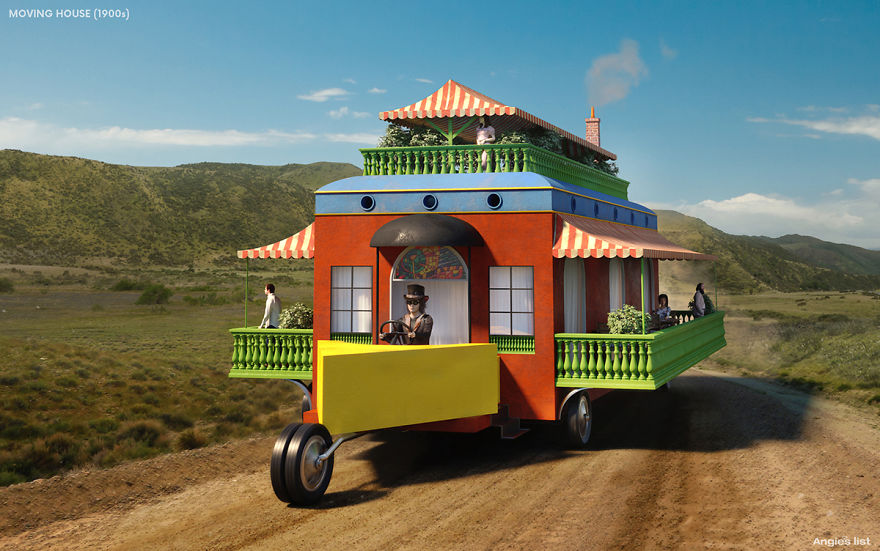
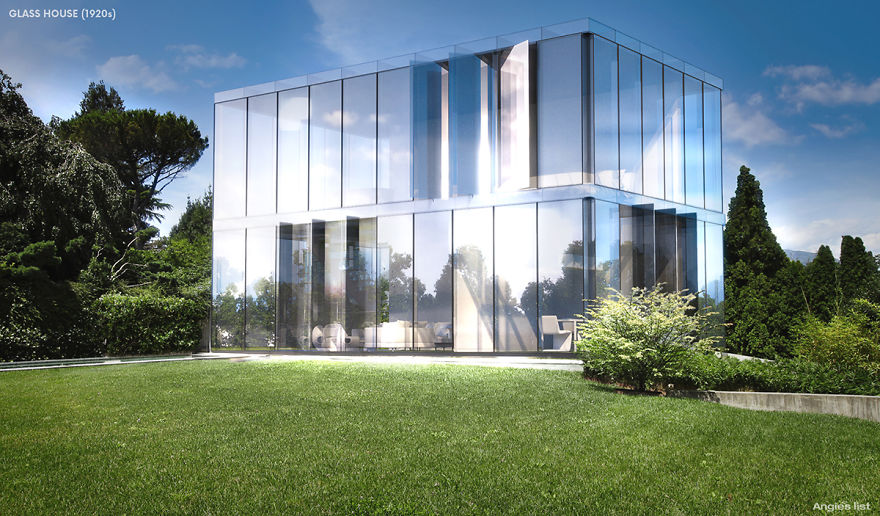
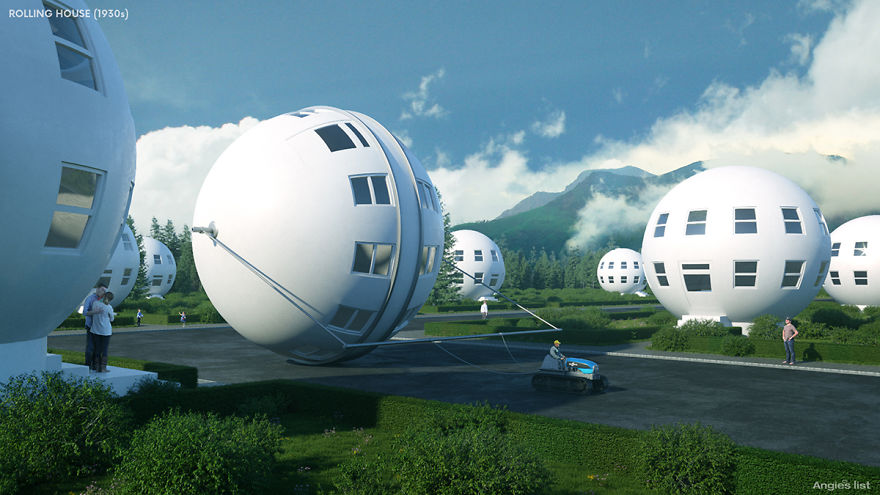
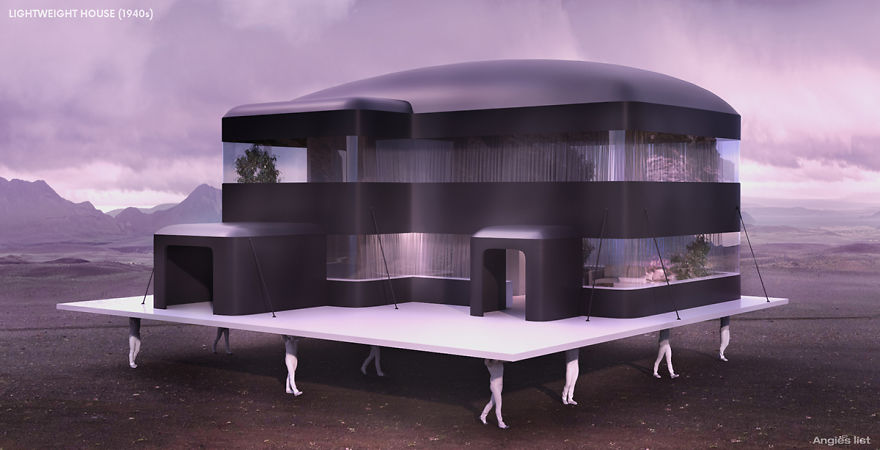
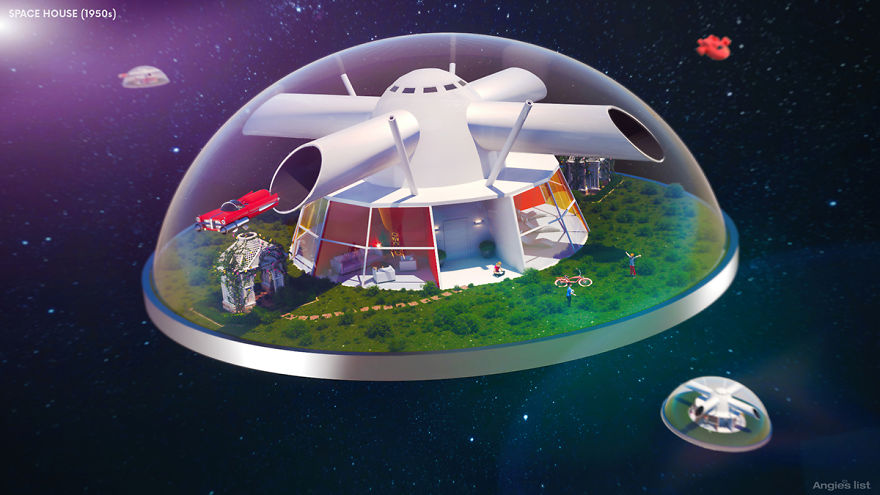
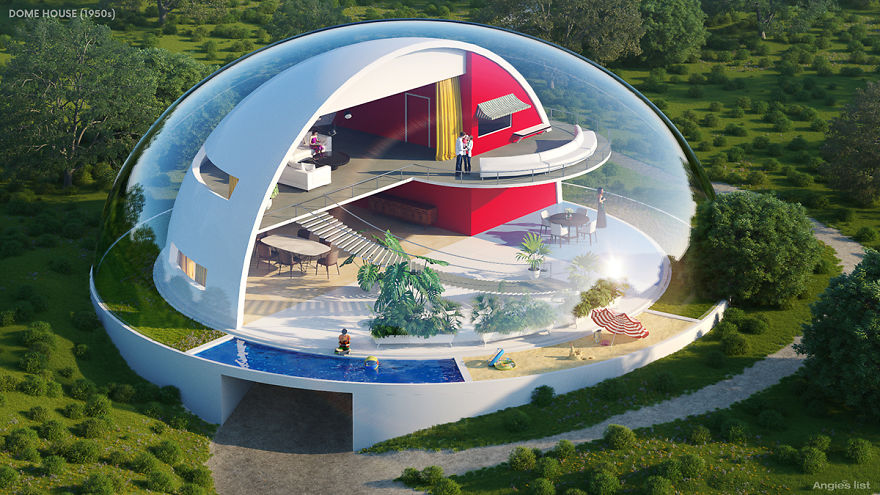
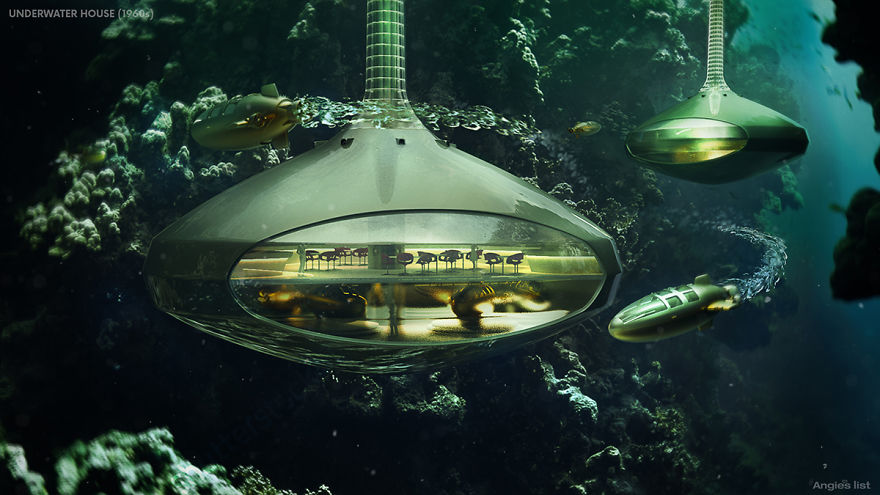











































322
53